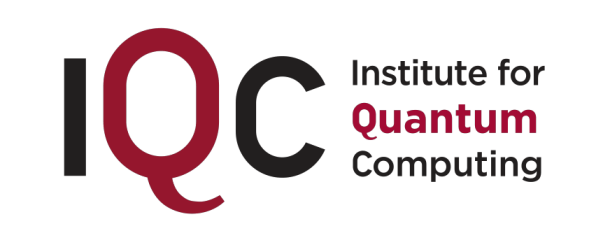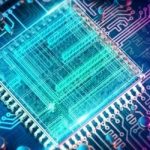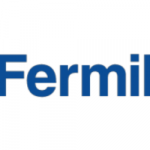IQC Quantum Researchers Able to Split One Photon into Three; Critical Ingredient for Quantum Advantage

(Phys.org) Researchers from the Institute for Quantum Computing (IQC) at the University of Waterloo report the first occurrence of directly splitting one photon into three.
The occurrence, the first of its kind, used the spontaneous parametric down-conversion method (SPDC) in quantum optics and created what quantum optics researchers call a non-Gaussian state of light. A non-Gaussian state of light is considered a critical ingredient to gain a quantum advantage.
“Non-Gaussian states and operations are a critical ingredient for obtaining the quantum advantage,” said Wilson. “They are very difficult to simulate and model classically, which has resulted in a dearth of theoretical work for this application.”
Chris Wilson, a principle investigator at IQC faculty member and a professor of Electrical and Computer Engineering at Waterloo explained the importance, “Given that this research brings us past the known ability to split one photon into two entangled daughter photons, we’re optimistic that we’ve opened up a new area of exploration.”























